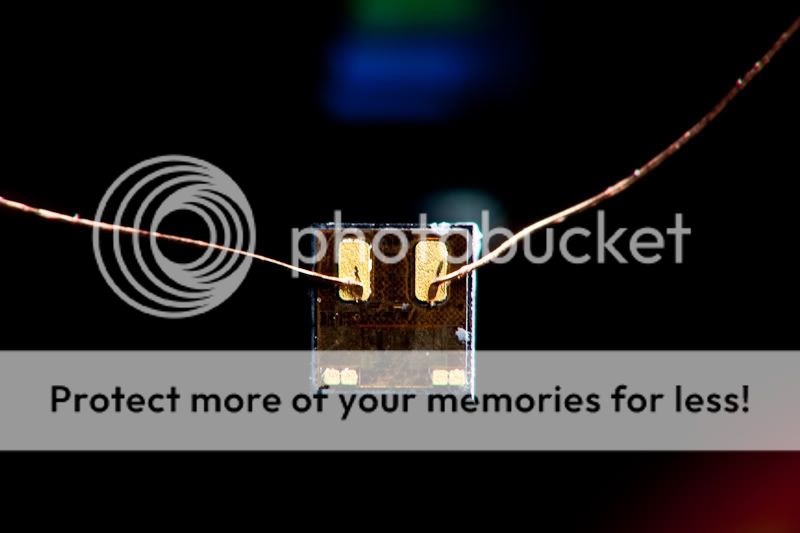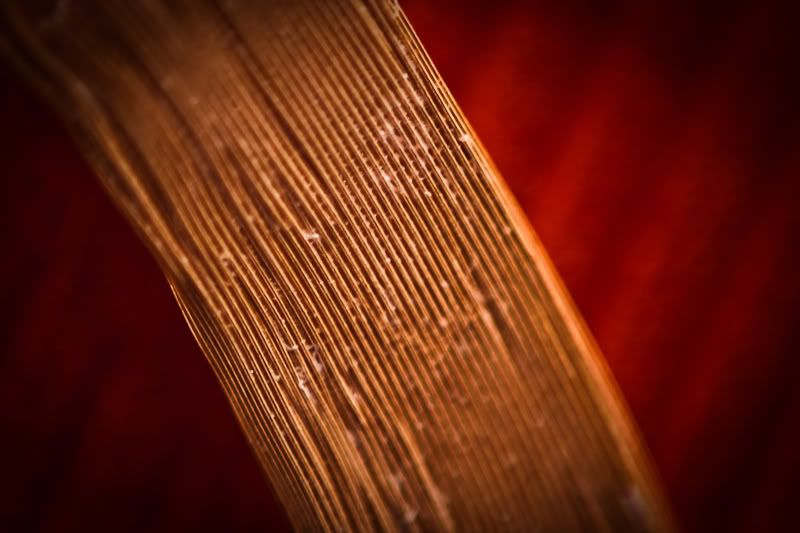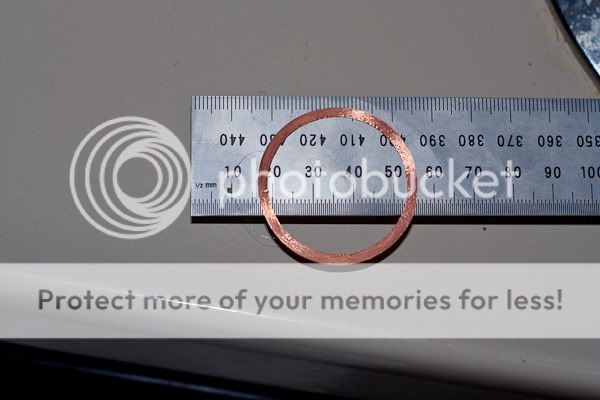Hmm unless your 50mm lens has a manual aperture control you won't be able to adjust your aperture on that lens when its reversed using the BR-3
To date, all versions of the Nikon 50mm f/1.8 lens have an f/stop ring so there would be f/stop control with reversed with a BR-3a.
(as far as I know Nikon lenses without manual aperture controls will always open the aperture blades when removed from the camera
Its the other way around. All Nikon F-mount lenses, MF or AF,
close their aperture when removed from the body. They close to the aperture set on the f/stop ring or, with "G" lenses that lack their own aperture ring, the close to their minimum aperture.
I agree with Josh that a "macro coupler" offers the best bang-for-the-buck. In effect, these make a closeup lens out of the reversed lens. In the OP's case, the 50mm fi/1.8 would be reversed on the front of the 18-200 which would be mounted on the camera normally. The 50mm lens, used this way, is a very well corrected +20 diopter closeup lens. This works better than almost any of the inexpensive "macro" closeup lenses.
The 50mm f/1.8 Nikkor will also deliver excellent results when mounted reversed directly on the body using a Nikon BR-2a ring (use the BR-2a on AF bodies and not the old BR-2). The BR-3 the OP mentioned will
not do the trick. It is for mounting 52mm filters on the rear (now front) of a reversed lens since it has a female body flange on one end and a female 52mm filter thread on the other. The BR-2a is male lens flange to male 52mm filter thread.
Using a macro-coupler results in the primary lens mounted normally so all connections to the body are present. There will be full metering and AF, although AF is often problematic in extreme macro. When the primary lens is a zoom, as it is in this case, you also have a good deal of magnification control.
Using a BR-2a reversing ring disconnects everything. No meter coupling, no auto diaphram (the auto close down from max to desired shooting aperture when the shutter is fired), and no AF. The OP's D200 can still meter in this situation, but many Nikon DSLRs can't. Metering is difficult as it must be done at working aperture. Also, there is absolutely no adjustment of magnification unless you add some additional extension in the form of extension tubes or bellows.






![[No title]](/data/xfmg/thumbnail/41/41934-5071025280901954ee561590003df10e.jpg?1734176289)

![[No title]](/data/xfmg/thumbnail/33/33436-1304fb294d2141a65ae8309383a3e52a.jpg?1734163466)






![[No title]](/data/xfmg/thumbnail/41/41930-3f8741ecabbbfd4d67ade3e339078814.jpg?1734176287)
